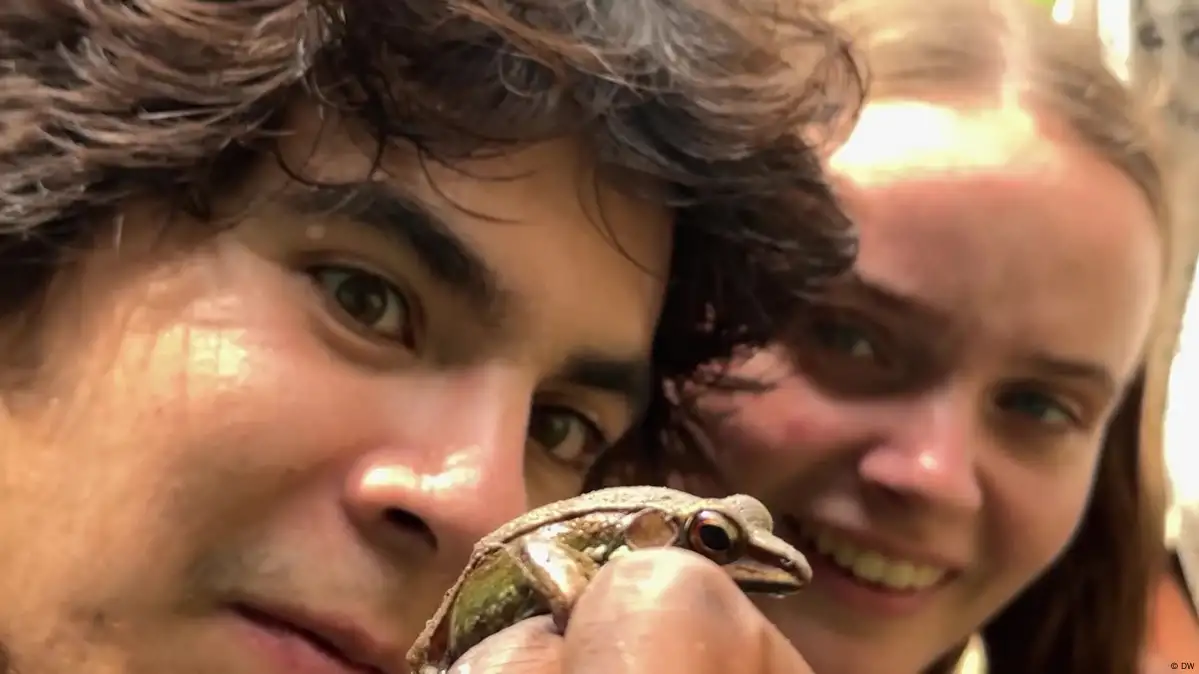Deep in Ghana’s Atewa Forest, conservationistsare on a mission to save a species few have ever seen—the Atewa slippery frog. With only around 200 individuals left in the wild, this elusive amphibian is teetering on the brink of extinction. Despite the forest’sprotected status, illegal mining continues to pollute the streams where the frogs live. To combat this, Herp Conservation Ghana is collecting tadpoles and raising them in a lab 250 kilometers away, hoping to one day reintroduce them into a safer, cleaner habitat.
From crisis to conservation: Communities take the lead
While scientists work in the lab, communities across Ghana are stepping up to protect their local frog populations. In the north, where unemployment is high and fishing stocks have collapsed, frogs are hunted for food—though not endangered, their numbers are declining. In contrast, the eastern village of Avatime Gbadzeme has declared 200 square kilometers a no-hunting zone. Once a delicacy, frogs are now protected thanks to education and ecotourism. Visitors flock to the area to experience its biodiversity, including the endangered Togo slippery frog, which thrives only in clean water.
Captive breeding offers hope, but it’s not a silver bullet. Experts warn that frogs raised in labs may struggle to survive in the wild. The real solution lies in a combined approach: breeding programs to boost numbers, community education to shift attitudes, and strict protection of natural habitats. As awareness grows—through tourism, outreach, and even TikTok—the future of Ghana’s rare frogs looks a little brighter. With continued support, conservationists and communities can ensure these unique species don’t just survive, but thrive.
